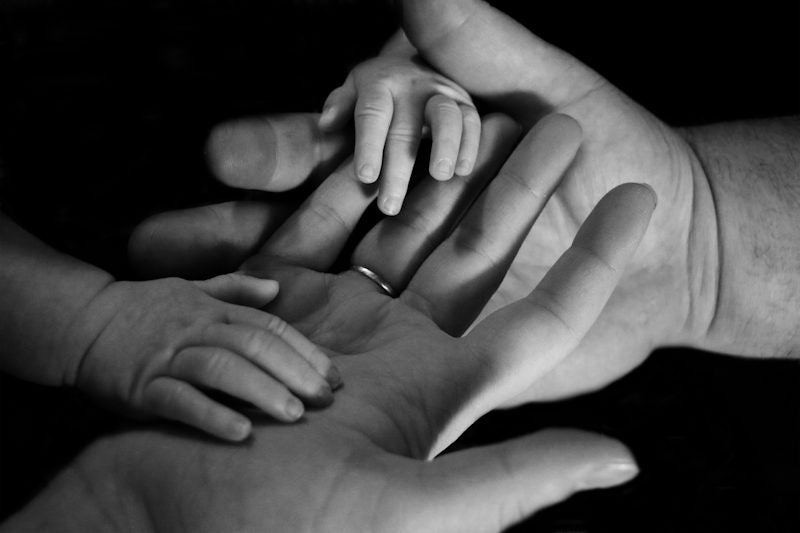Breast milk is known to have various health benefits for babies, but did you know that it can also be used to make homemade lotion? Breast milk lotion is a natural and cost-effective way to improve skin health, and it's easy to make at home. In this article, we will explore how to make breast milk lotion and its potential benefits for skin health.
Breast milk lotion is made by combining breast milk with various natural ingredients, such as beeswax and essential oils. The resulting lotion is gentle and nourishing for the skin, making it a popular choice for parents looking for natural skincare solutions for their babies. Homemade breast milk lotion can also be a great way to use up excess breast milk, which can be frozen and stored for future use.
Breast milk lotion has been touted for its potential benefits for skin health. Breast milk contains natural antibodies, vitamins, and minerals that can help soothe and moisturize the skin. The use of breast milk lotion has been linked to the treatment of various skin conditions, such as eczema and diaper rash. In the following sections, we will explore how to make breast milk lotion and its potential benefits for skin health in more detail.
Benefits of Breast Milk Lotion
Breast milk is not just food for babies, but it also has numerous health benefits for both the mother and the child. One of the most popular uses of breast milk is making lotion. Breast milk lotion is a natural and nourishing remedy for various skin conditions. In this section, we will explore the benefits of breast milk lotion and how it can help your skin.
Rich in Nutrients and Antibodies
Breast milk is rich in nutrients, such as vitamins and fatty acids, that are essential for healthy skin. According to Parents Wonder, breast milk also contains antibodies that help fight off bacteria and viruses, making it an effective natural remedy for skin infections. Breast milk lotion can help nourish and moisturize your skin while also providing it with essential nutrients that it needs to stay healthy.
Natural Remedy for Skin Conditions
Breast milk lotion can be an effective natural remedy for various skin conditions, such as eczema and diaper rash. According to Mommy and Love, breast milk has natural moisturizing characteristics that can help soothe and heal dry and irritated skin. Breast milk lotion can also help relieve symptoms of eczema, such as itching and inflammation.
Safe for Sensitive Skin
Breast milk lotion is safe for sensitive skin because it is all-natural and does not contain any harsh chemicals. According to Keeper of Our Home, breast milk lotion is gentle enough to use on babies' delicate skin. It can help soothe and moisturize their skin while also providing them with essential nutrients that they need to stay healthy.
In summary, breast milk lotion is a natural and nourishing remedy for various skin conditions. It is rich in nutrients and antibodies, making it an effective natural remedy for skin infections. Breast milk lotion is safe for sensitive skin and can help soothe and moisturize your skin while also providing it with essential nutrients that it needs to stay healthy.
Essential Ingredients and Alternatives
Breast milk lotion is a natural and nourishing substance that can be used to moisturize and soothe the skin. While the breast milk is the main ingredient, there are several other ingredients that can be added to enhance the lotion's benefits. Here are some essential ingredients and alternatives to consider when making breast milk lotion.
Base Oils and Butters
Base oils and butters are used to create a smooth and creamy texture for the lotion. Some popular base oils include coconut oil, grapeseed oil, olive oil, and jojoba oil. These oils are rich in vitamins and antioxidants that nourish and protect the skin. Shea butter is another popular ingredient that is used to add richness and thickness to the lotion.
Natural Preservatives
Breast milk lotion does not contain any preservatives, which means it has a short shelf life. To extend the lotion's life, natural preservatives can be added. Vitamin E oil is a natural antioxidant that can help to preserve the lotion. Beeswax is another natural preservative that can be used to thicken the lotion and extend its shelf life.
Optional Additives for Enhanced Benefits
Essential oils are optional additives that can be used to enhance the lotion's benefits. Lavender and chamomile essential oils are popular choices because they have calming and soothing properties. Tea tree oil is another popular choice because it has antibacterial and antifungal properties. When using essential oils, it is important to dilute them properly and use them in small amounts to avoid skin irritation.
Overall, breast milk lotion is a simple and natural way to moisturize and soothe the skin. By using high-quality ingredients and following a simple recipe, anyone can create a nourishing lotion that is gentle enough for all skin types.
Step-by-Step Guide to Making Breast Milk Lotion
Making your own breast milk lotion is a great way to use up excess milk while also providing a natural and gentle lotion for your baby. Here is a step-by-step guide to making your own breast milk lotion:
Preparing Your Ingredients
Before starting, gather all the necessary ingredients and tools. You will need:
- 1 cup of breast milk
- 1/2 cup of coconut oil
- 1/4 cup of beeswax pellets
- A few drops of your favorite essential oil for fragrance
- A silicone mold or lotion bar mold
- A microwave-safe bowl
- A microwave or double boiler
- A spatula
- Airtight containers, such as mason jars, for storage
Make sure all the tools and containers are clean and dry before beginning.
The Melting Process
In a microwave-safe bowl, combine the coconut oil and beeswax pellets. Microwave the mixture in 30-second intervals, stirring in between, until fully melted. Alternatively, you can use a double boiler to melt the mixture.
Combining Breast Milk with Oils
Once the mixture is fully melted, add in 1 cup of breast milk and stir until well combined. If desired, add a few drops of your favorite essential oil for fragrance.
Cooling and Setting the Lotion
Pour the mixture into a silicone mold or lotion bar mold and let it cool for a few minutes. Once the mixture has cooled slightly, transfer it to the fridge or freezer to fully set for a few hours.
Once the lotion bars have fully set, remove them from the mold and store them in airtight containers, such as mason jars. The lotion can be stored in the fridge for up to two weeks or in the freezer for up to six months.
By following this simple recipe, you can create your own homemade breast milk lotion that is gentle and nourishing for your baby's delicate skin.
Safety and Storage Considerations
Breast milk lotion is a natural and safe alternative to commercial lotions. However, it is important to take certain precautions to ensure the lotion remains safe for use.
Preserving the Lotion
Breast milk contains natural preservatives such as lauric acid, which inhibits the growth of bacteria and fungi. However, it is still important to take extra precautions to preserve the lotion. Adding a small amount of beeswax or vitamin E oil can help extend the shelf life of the lotion.
Shelf Life and Refrigeration
Breast milk lotion should be stored in a cool, dry place away from direct sunlight. It is recommended to store the lotion in an airtight container to prevent contamination. The lotion can be stored in the refrigerator for up to four days or in the freezer for up to six months.
Preventing Contamination
To prevent contamination, it is important to follow proper hygiene practices when making and using breast milk lotion. Hands should be washed thoroughly before handling breast milk or lotion ingredients. All equipment and containers should be sterilized before use.
In summary, breast milk lotion is a safe and effective natural alternative to commercial lotions. By taking proper precautions and following safe storage practices, the lotion can be preserved for a longer period of time.
Troubleshooting Common Issues
Breast milk lotion is a natural and gentle way to moisturize the skin of both babies and adults. However, some common issues may arise during the process of making or using breast milk lotion. Here are some tips to troubleshoot these issues.
Adjusting Consistency
One common issue is adjusting the consistency of the lotion. If the lotion is too thick, it may be difficult to apply, while if it is too thin, it may not be effective in moisturizing the skin. To adjust the consistency, try adding more oil or beeswax to thicken the lotion or more breast milk to thin it out.
Dealing with Separation
Another common issue is separation. Breast milk lotion may separate due to the natural properties of breast milk. If this happens, simply shake the lotion well before use. If the separation persists, try adding more beeswax to the recipe to help emulsify the ingredients.
Addressing Allergic Reactions
While breast milk lotion is generally safe and gentle for most people, some may experience allergic reactions. If an allergic reaction occurs, discontinue use immediately and seek medical attention if necessary. To prevent allergic reactions, always test the lotion on a small patch of skin before use.
Overall, breast milk lotion is a safe and effective way to moisturize the skin. By following these troubleshooting tips, anyone can create a lotion that is perfect for their skin type and needs.






